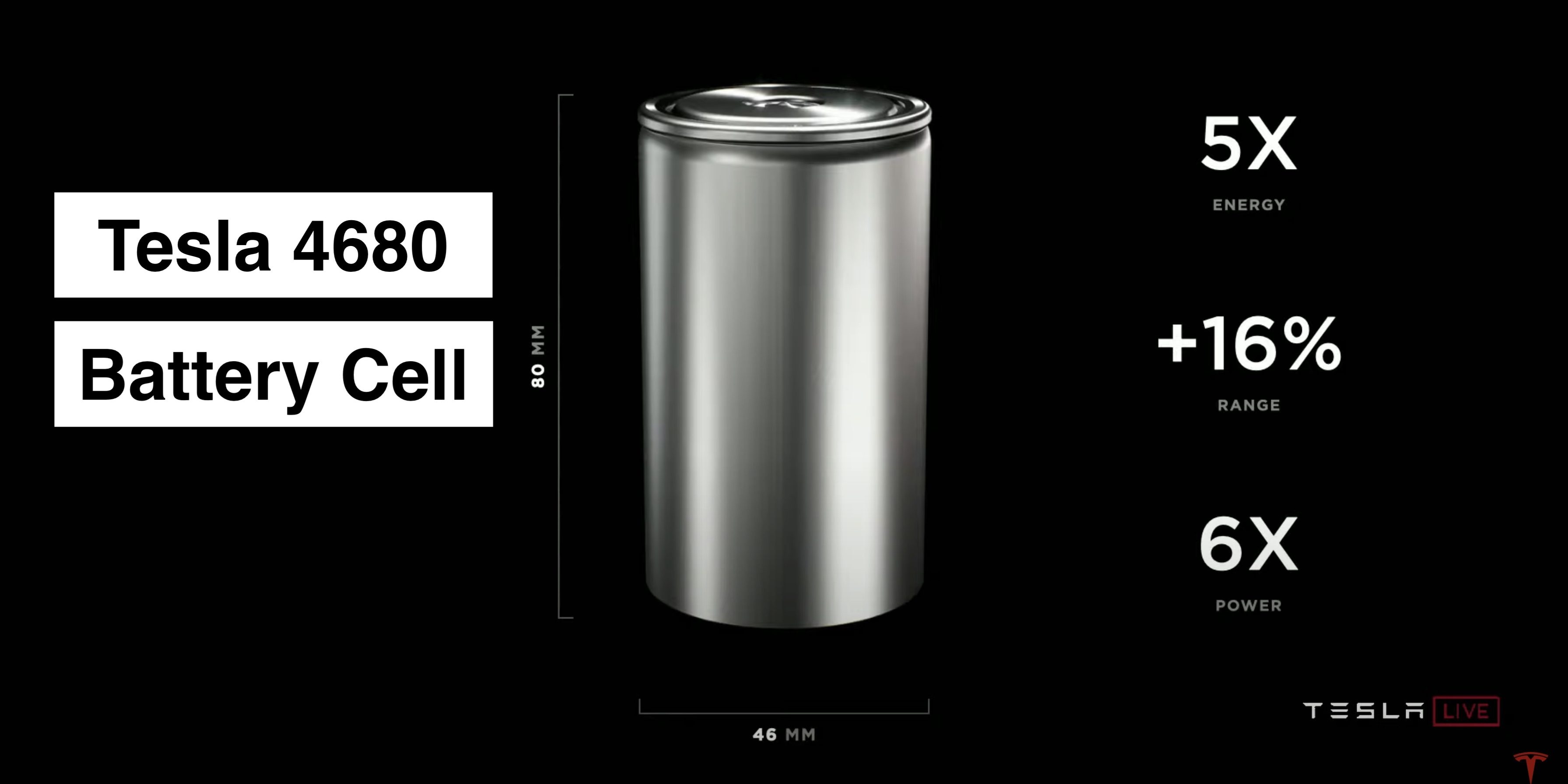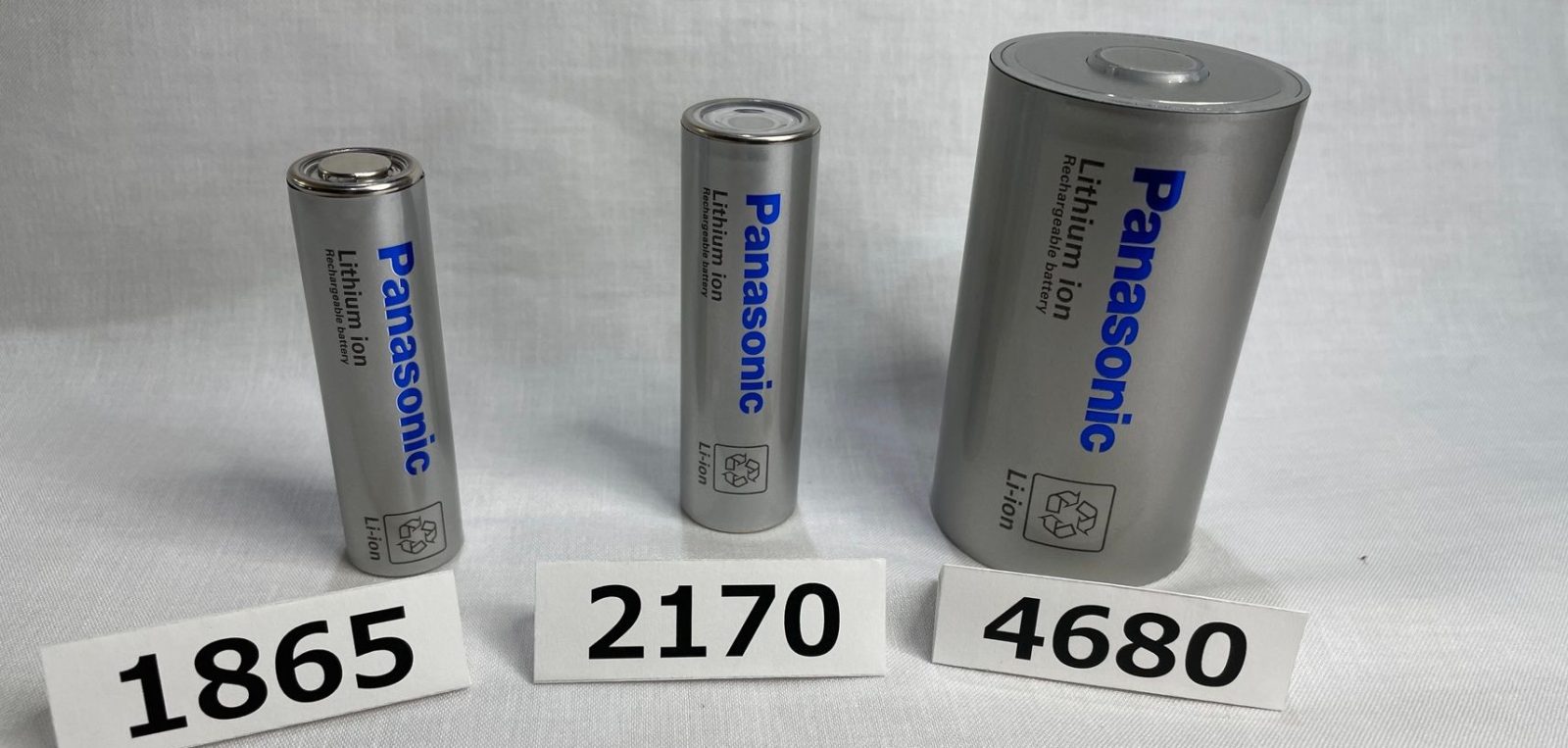Tesla will now produce their New Cost-Efficient Batteries

Friday, December 10, 2021 | Chimniii Desk
Key Highlights
- Musk is promoting Tesla battery manufacturing in-house under the name of vertical integration.
- Tesla's five-pronged strategy begins with a complete overhaul of the battery manufacturing process.
- To minimise the vehicle's bulk by 10% and reduce the number of components, the battery cell will be integrated into the car's body.
- The new battery, dubbed the 4680, is still at least a year away from commercialization.
- Tesla's dedicated pilot plant in California, on the other hand, is already on track to produce an amazing 10 gigawatt-hours of 4680 units every year.
Advertisement

The world of electric automobiles is undergoing a transformation. Significant advances in chemistry, materials science, and structural engineering will soon enable EVs to grow at a faster rate, charge at a quicker rate, and cost significantly less at dealerships. And it occurs primarily under the direction of a business.
So what can we expect from Tesla's next battery generation? How are they different? And is this the apex of the internal combustion engine's demise?
To begin, let us examine why this novel sort of battery is required. Elon Musk, Tesla's CEO, is a firm believer in what business geeks refer to as'vertical integration. This implies that forward-thinking manufacturers like Tesla strive to manufacture as much as possible in-house, from sprockets to steering wheels, rather than relying largely on external vendors.
Regrettably for Musk, he is currently reliant on Panasonic, a subsidiary of the Japanese electronics giant, for Tesla's critical lithium-ion battery cells. Musk has often chastised Panasonic for what he views as the company's poor manufacturing pace, which it called 'production hell' during the Model 3's 2018 launch.
To be fair, Panasonic CEO Kazuhiro Tsuga honestly anticipates that his company's batteries would eventually "run out" if Tesla continues to expand. Thus, Musk is promoting Tesla battery manufacturing in-house under the name of vertical integration. Not for corporate cheese-paring purposes, either.
Tesla, he believes, can and will build batteries that go further, live longer, and cost less, with the help of his handpicked team, which includes famed Lithium-Ion pioneer Jeff Dahn. If they succeed, it will remove many of the impediments to widespread EV adoption.
For example, there is the threat of so-called 'range anxiety, which scares away potential users for the very reasonable fear of running out of battery miles from a charger. Another consideration is affordability.
"We need to develop automobiles that are more cheap," Musk states bluntly. "One of the things that bothers me the most is the lack of very affordable automobiles, which we will have in the future. "To accomplish that," he argues, "we need more affordable batteries."
Advertisement
How is Tesla going to accomplish this?

By lowering the cost of its next-generation automotive batteries per kilowatt-hour. This will occur, Musk stated last Autumn at his splashy Battery Day announcement, through a five-pronged assault.
Obviously, the first pillar is to re-examine battery cell design. Tesla's greatest breakthrough in this area is what it refers to as 'tabless' technology. Electrons move from the cathode to the anode in a normal lithium-ion battery via a tab, a separate component that must be made and welded onto the cell.
The shingled spiral is made on the new simpler Tesla battery by laser cutting and folding battery foils over one another. This allows electrons to flow more easily in and out of the battery.
Consider the interior of standard tabbed batteries to be similar to an aeroplane fuselage with a single exit. Certain passengers – electrons in our scenario – will disembark considerably more slowly than others, resulting in overheating and inefficiency.
Tabless batteries resemble an aeroplane, with exits on each row, allowing electrons to depart more quickly and efficiently. Tesla's five-pronged strategy begins with a complete overhaul of the battery manufacturing process.
Panasonic and others like the present 'wet' approach for manufacturing cells because it is complex, time-consuming, and requires a large industrial area. Tesla's ground-breaking 'dry solvent' technology is still in development — even Musk admits it will take well over a year to complete.
However, if – when – they nail it, it will consume ten times less energy and have a tenfold smaller physical footprint. By the way, such a reduction would not be detrimental to Gigafactory production. It will forever alter the landscape of the battery industry.
Prong Three examines the essential substance employed in Tesla's anode, the chamber of the battery that stores lithium ions for deployment. While graphite is now the preferred material for the task, silicon – the second most plentiful element in the earth's crust after oxygen – has the potential to change the game.
If such is the case, Tesla can wrap the anode silicon with an elastic ion-conducting polymer to stabilise it. If this is accomplished, the Tesla vehicle's range will be increased by 20% at a stroke. The cathode, which holds ions devoid of electrons after they have exited the anode, is discussed in Step Four.
Advertisement

For the time being, cobalt is the chosen material, but the drawbacks are substantial. Cobalt mining is environmentally harmful and toxic to the health of vulnerable miners operating under lax safety regulations.
As a result, Tesla is diversifying the material used in its cathodes by including a mixture of iron, lithium, and nickel sourced from regulated sources in the United States. This extraction procedure has resulted in numerous innovations, not the least of which is a new method for obtaining lithium from clay.
Tesla estimates that there is enough lithium in Nevada's clay soil to convert every vehicle on the planet to electric. The sixth tenet of Tesla's philosophy is the most startling. To minimise the vehicle's bulk by 10% and reduce the number of components, the battery cell will be integrated into the car's body. This so-called'structural battery' will be lightweight and sturdy due to its honeycomb structure.
Tesla will incorporate its new battery into the automobile chassis using nothing less than the world's largest manufacturing casting process and the company's own unique alloy.
According to Musk, safety will not be jeopardised because a structural battery "provides increased torsional rigidity and polar moment of inertia." "This is a significant breakthrough," Musk declares with a flourish.
It surely saves 370 parts, which simplifies production and scale-up. Tesla's ingenious integrated design may have been indirectly influenced by the widespread aircraft practise of utilising holes in wings as fuel tanks, thereby decreasing material consumption and weight through inventive multitasking.
The new battery, dubbed the 4680, is still at least a year away from commercialization. Tesla's dedicated pilot plant in California, on the other hand, is already on track to produce an amazing 10 gigawatt-hours of 4680 units every year.
This will eventually assist Tesla in breaking away from its unsatisfactory convenience marriage with Panasonic and bringing the business closer to its long-promised $20k mass-market EV. In practical words, the 4680 will enhance range by up to 54% – which should calm the worries of anyone who suffers from range anxiety.
Additionally, it will result in a 56 percent reduction in vehicle cost per kilowatt-hour – which may result in the sale of a few more Teslas over the next decade. For our mate Elon 'create the machine that builds the machine' Musk, the primary benefit is the 69 percent reduction in investment costs per kWh. Nice.
What are your thoughts? Will improved table-top batteries ultimately persuade the common citizen to switch to electric vehicles?
Advertisement